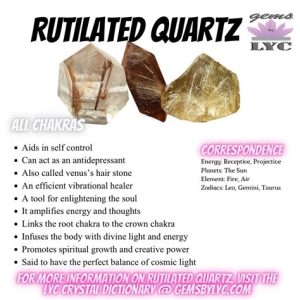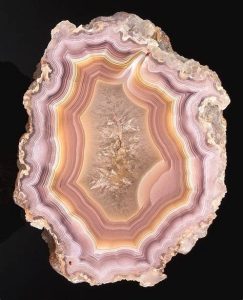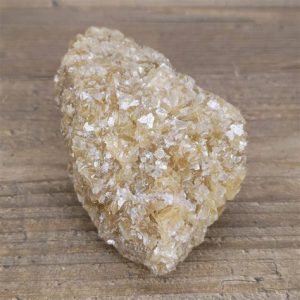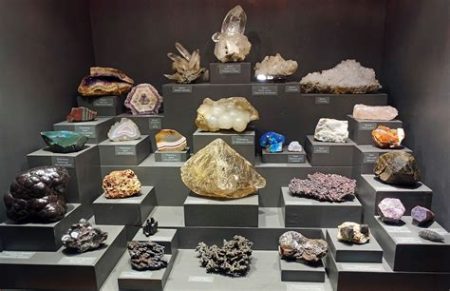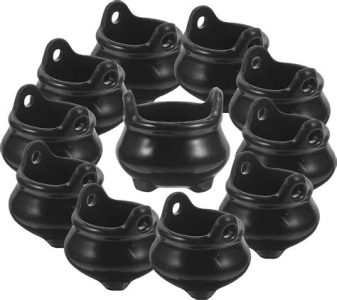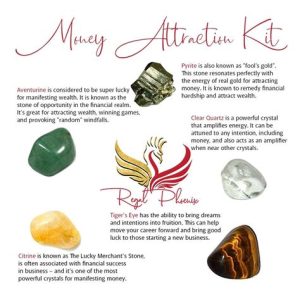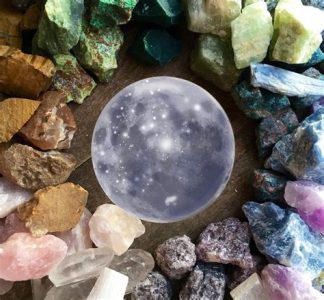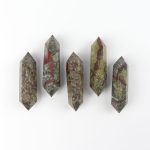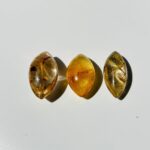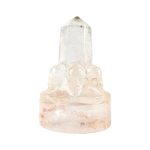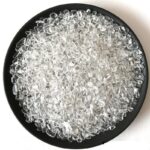Polished rocks, with their mesmerizing surfaces and captivating colors, have captivated human imagination for millennia. From ancient carvings and intricate mosaics to modern jewelry and home décor, these natural wonders have found their place in countless facets of our lives.

Unveiling the Anatomy of a Polished Rock
Polishing rocks involves removing surface imperfections and revealing their inherent luster. This process unveils the unique characteristics of each specimen:
- Texture: Polished rocks exhibit a wide range of textures, from smooth and glassy to rough and crystalline.
- Grain Structure: The size and distribution of mineral grains in a rock determines its grain structure, which can vary from coarse-grained to fine-grained.
- Color: The presence of minerals and impurities creates the vast array of colors found in polished rocks.
Geological Tapestry: Types of Polished Rocks
The geological world offers a diverse tapestry of polished rocks, each with its own distinctive properties:
- Granite: A coarse-grained igneous rock composed of quartz, feldspar, and mica, granite is known for its durability and timeless elegance.
- Marble: A metamorphic rock formed from limestone, marble’s smooth surface and vibrant hues make it a popular choice for sculptures and architectural accents.
- Slate: A fine-grained metamorphic rock known for its layered structure and ability to split into thin sheets, slate finds applications in roofing, countertops, and garden walkways.
- Sandstone: A sedimentary rock formed from compacted sand grains, sandstone offers a warm and earthy aesthetic, often used in building facades and patios.
Economic Significance: Market Value and Applications
According to the Natural Stone Institute, the global polished rock market is projected to reach USD 125 billion by 2025. This surge in demand is attributed to their:
- Durability: Polished rocks withstand wear and tear, making them a cost-effective choice for high-traffic areas.
- Aesthetics: Their captivating beauty and timeless appeal enhance any interior or exterior space.
- Diversity: The wide range of colors, textures, and patterns cater to various design preferences.
Polished rocks find applications in numerous industries, including:
- Architecture and Construction: Countertops, flooring, wall cladding, and decorative accents
- Landscaping and Gardening: Paving stones, gravel mulch, and decorative elements
- Jewelry: Cabochons, beads, and gemstone carvings
- Interior Design: Tabletops, sculptures, and decorative accents
Innovative Applications: Reimagining Polished Rocks
Emerging technologies and design trends are expanding the boundaries of polished rock applications. These innovations include:
- Micro-Polishing: Precision tools enable the creation of intricate patterns and details on polished rock surfaces.
- Lithophane Crafting: A technique that transforms flat polished rocks into translucent images when illuminated from behind.
- Interactive Stone: Integrating sensors into polished rocks creates interactive surfaces that respond to touch or motion.
Tips and Tricks for Maintaining Polished Rocks
To preserve the beauty and longevity of polished rocks, consider these tips:
- Regular Cleaning: Use mild detergents and soft cloths to clean surfaces, avoiding abrasive materials or harsh chemicals.
- Sealing: Seal porous rocks to prevent staining and enhance their shine.
- Avoid Extreme Temperatures: Protect polished rocks from extreme heat or cold, as they can cause damage.
Common Mistakes to Avoid
Avoid these common mistakes when working with polished rocks:
- Using Improper Cleaning Methods: Overly aggressive cleaning techniques can scratch or damage polished surfaces.
- Neglecting Sealing: Failing to seal porous rocks can lead to staining and dullness.
- Exposing Rocks to Harsh Environments: Acidic rain or prolonged sunlight can deteriorate polished surfaces.
Pros and Cons: Weighing the Benefits
| Pros | Cons |
|---|---|
| Durable and long-lasting | Requires regular cleaning and maintenance |
| Aesthetically pleasing | Can be expensive |
| Versatile and adaptable | Some types may be brittle or porous |
| Natural and environmentally friendly | Susceptible to staining or scratching |
Versatile and Inspirational: Conclusion
Polished rocks, with their timeless elegance and versatile applications, continue to captivate and inspire. From ancient masterpieces to modern architectural marvels, these geological treasures have played an integral role in human history and culture. As we delve into the future, innovative technologies and design trends open up new possibilities for these natural wonders, ensuring their enduring place in our lives.
Data Tables
| Year | Market Value (USD Billions) |
|---|---|
| 2020 | 90.5 |
| 2025 | 125 |
| 2030 | 160 (projected) |
| Type | Texture | Composition | Applications |
|---|---|---|---|
| Granite | Coarse-grained | Quartz, feldspar, mica | Countertops, flooring, wall cladding |
| Marble | Smooth | Metamorphosed limestone | Sculptures, architectural accents, flooring |
| Slate | Fine-grained, layered | Metamorphosed clay | Roofing, countertops, garden walkways |
| Sandstone | Grainy | Compacted sand grains | Building facades, patios, garden paths |
| Application | Description |
|---|---|
| Micro-Polishing | Intricate patterning and details on polished surfaces |
| Lithophane Crafting | Translucent images created on polished rocks |
| Interactive Stone | Polished rocks integrated with sensors for interactivity |
| Mistake | Potential Consequences |
|---|---|
| Improper Cleaning Methods | Scratches or damage to polished surfaces |
| Neglecting Sealing | Staining and dullness |
| Exposing Rocks to Harsh Environments | Deterioration of polished surfaces |

